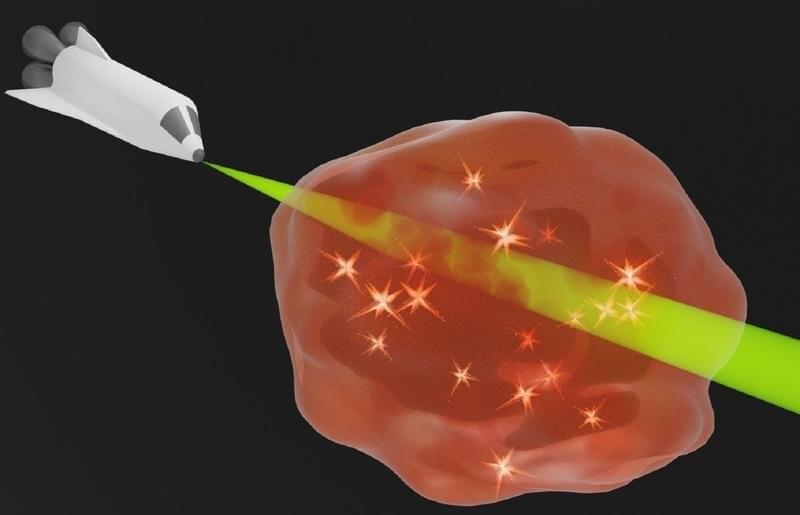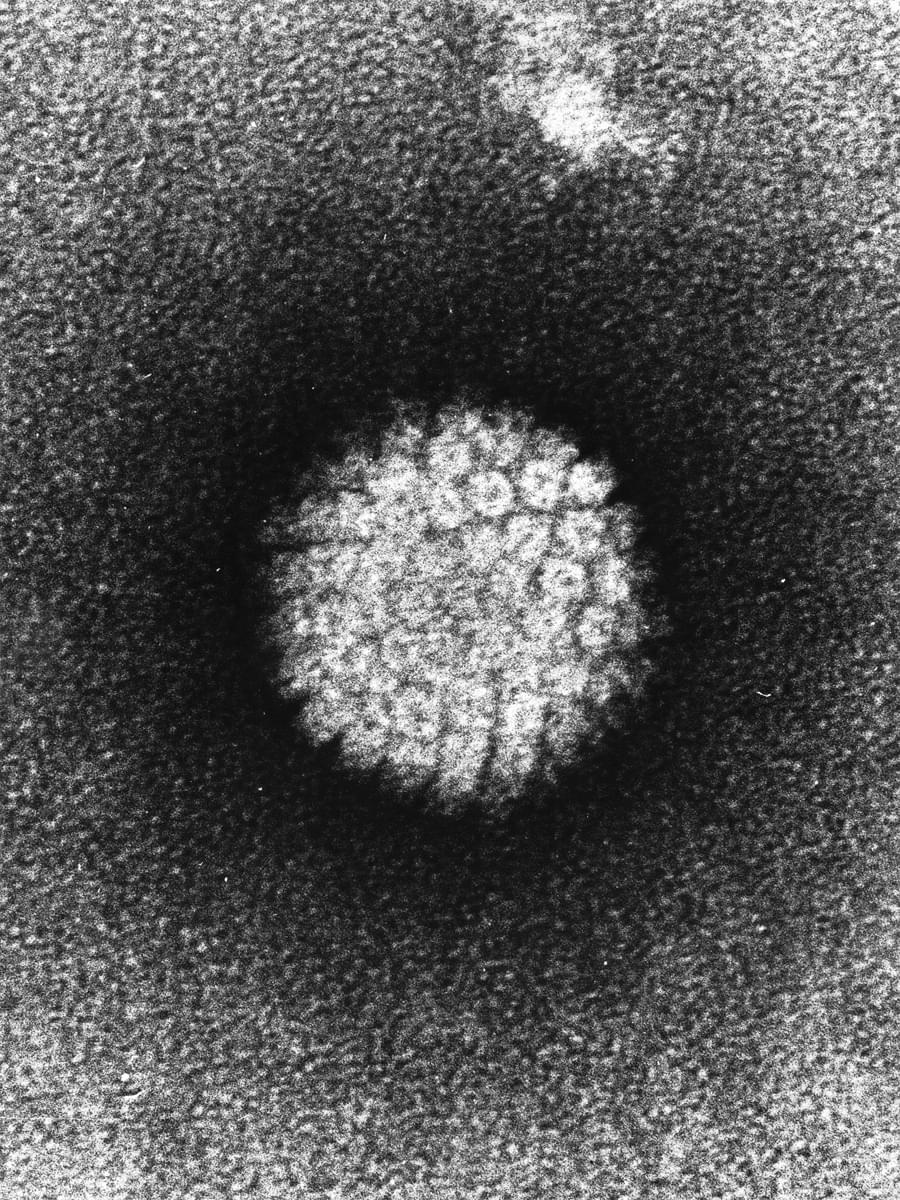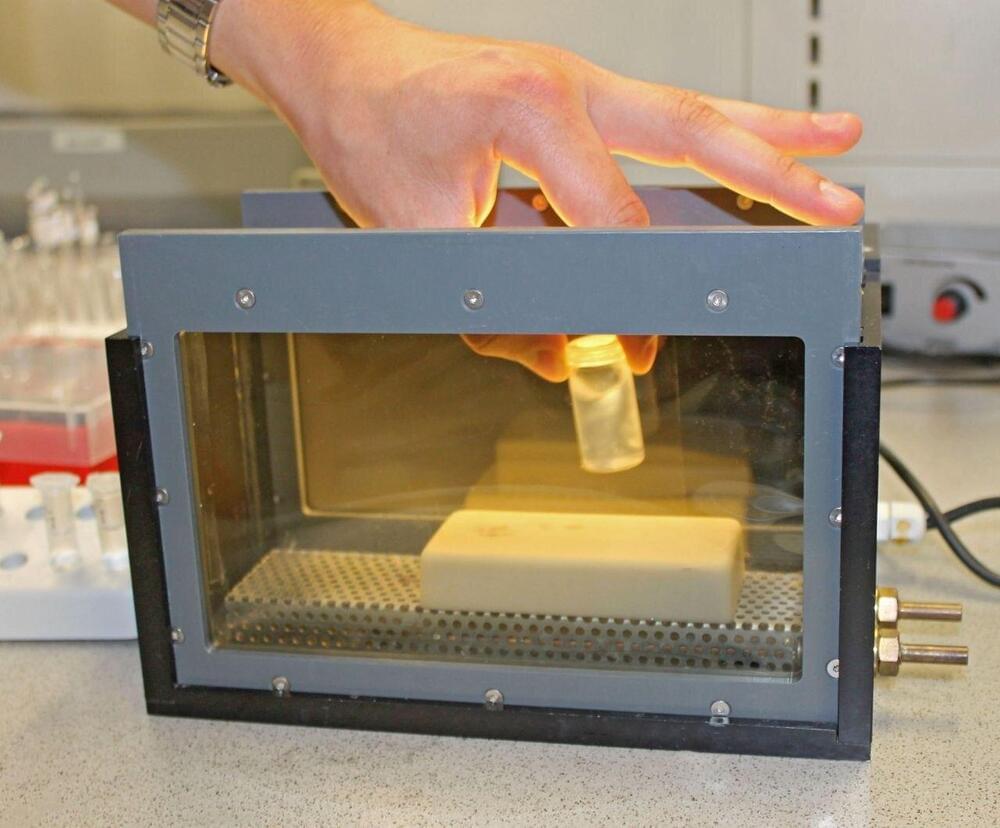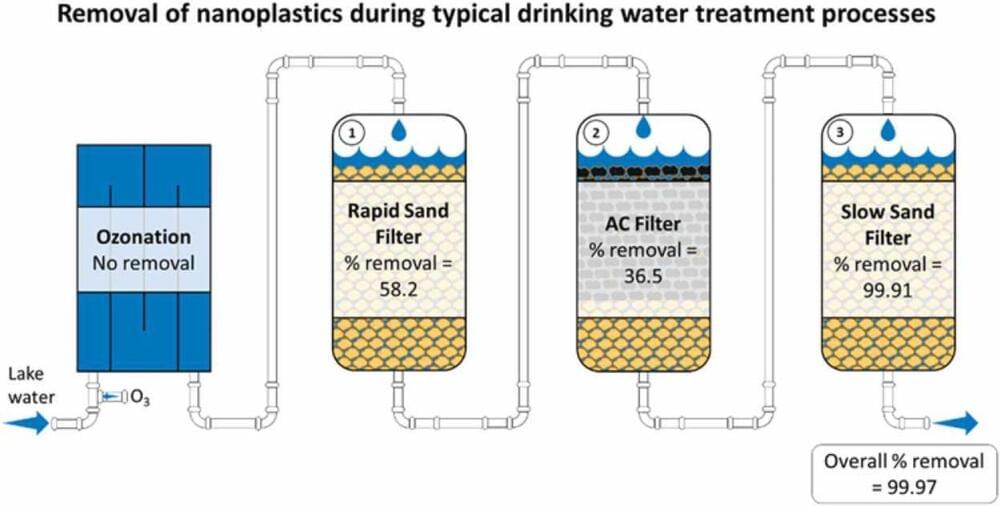May 31, 2022
New natural hydrogel inks for digital light processing 3D printing
Posted by Saúl Morales Rodriguéz in categories: 3D printing, sustainability
Researchers at Politecnico di Torino, BRIN in Indonesia, the Italian Institute of Technology (IIT) and University of Cagliari have recently introduced new composite hydrogel inks based on natural and environment friendly materials, which could be used to 3D print objects. These hydrogels, presented in a paper published in Sustainable Materials and Technologies, are based on acrylated-carboxymethyl cellulose (mCMC).
“We have been working on the development of new printable materials and functional devices since 2015, so in these years different areas were explored, resulting in many publications in the field of 3D printing,” Ignazio Roppolo, one of the researchers who carried out the study, told TechXplore.
The first objective of the work by Roppolo and his colleagues was to develop polymeric hydrogels for 3D printing that are based on natural resources, to increase sustainability and reduce the use of standard synthetic resins. In recent years, the team has been collaborating with Dr. Athanasia Amanda Septevani, a researcher at BRIN’s Research Center for Environment and Clean Technology in Indonesia.

















